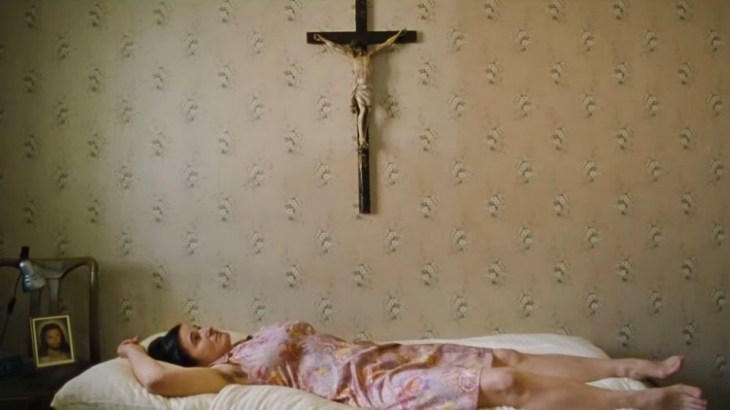Murnau takes Moliere’s famous 17th-century play and transforms it into a silent film-within-a-silent film in this moderately-engaging work.

REVIEW #2,005
Dir. F.W. Murnau
1925 | Germany | Drama | 63 mins | 1.33:1 | Silent
Not rated – likely to be PG
Cast: Hermann Picha, Rosa Valetti, Andre Mattoni, Emil Jannings, Werner Krauss, Lil Dagover
Plot: A young man shows his millionaire grandfather a film based on Molière’s Tartuffe, in order to expose the old man’s hypocritical governess who covets his own inheritance.
Awards: –
Source: UFA
Accessibility Index
Subject Matter: Moderate
Narrative Style: Straightforward
Pace: Normal
Audience Type: Slightly Arthouse
Viewed: MUBI
Spoilers: No
Based on Moliere’s famous 17th-century play, Tartuffe was made between The Last Laugh (1924) and Faust (1926), and features the great Emil Jannings as the titular character, though he only makes his requisite appearance much later in the film.
Moliere’s work is about an imposter who attempts to deceive a couple but is ‘found out’ by the end of the story, employing the classic deus ex machina technique.
Murnau, with tricks up his sleeves, transforms this story into a silent film-within-a-silent film, and even breaks the fourth wall at a time when it wasn’t fashionable.
A young man visiting his wealthy grandfather pretends to be a projectionist of a travelling cinema in order to show his old man the movie ‘Tartuffe’, hoping that the cautionary tale about a grand hypocrite will wake him up to his current reality—that his seemingly loyal and kind servant has deviously brainwashed him to giving his entire wealth to her upon his passing.
While not as consistently engaging as some of his top-tier pictures, Tartuffe remains innovative in its treatment of Moliere’s work, giving the age-old story a new lease of life and reaching a wider audience. Running at just a little over an hour, Murnau’s film is also a breeze to watch.
Those who prefer to read deeper into Tartuffe might be fascinated by its subtext—that religion may implicate the act of seeing, where indoctrination blinds us from being able to see clearly the world around us. This is the problem when we put faith in something—or somebody—too willingly.
Grade: B+


























